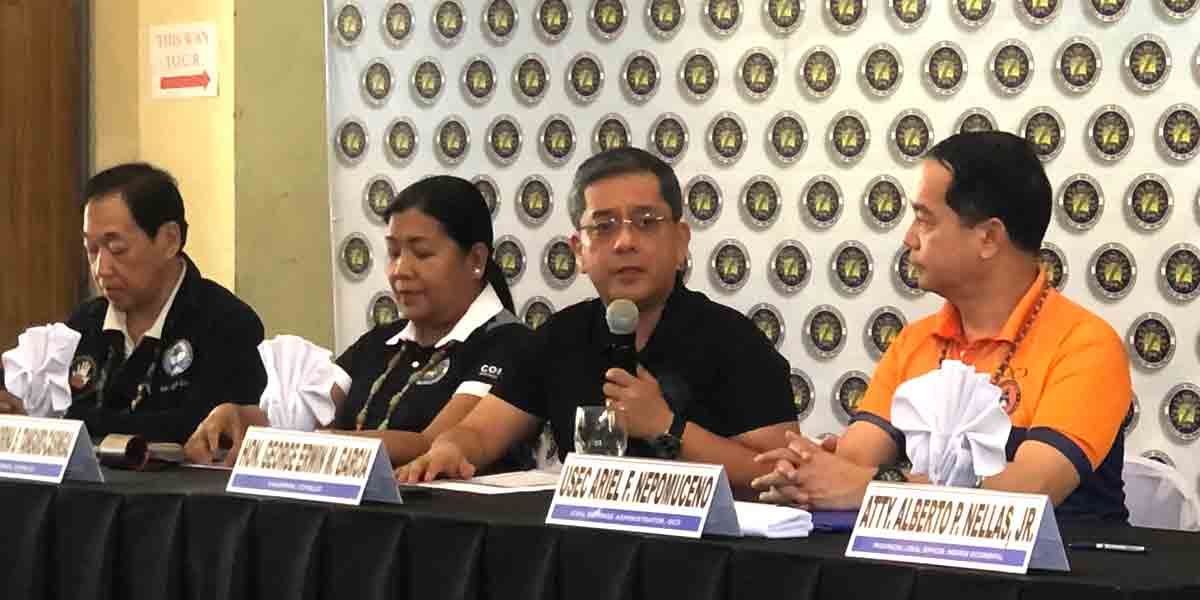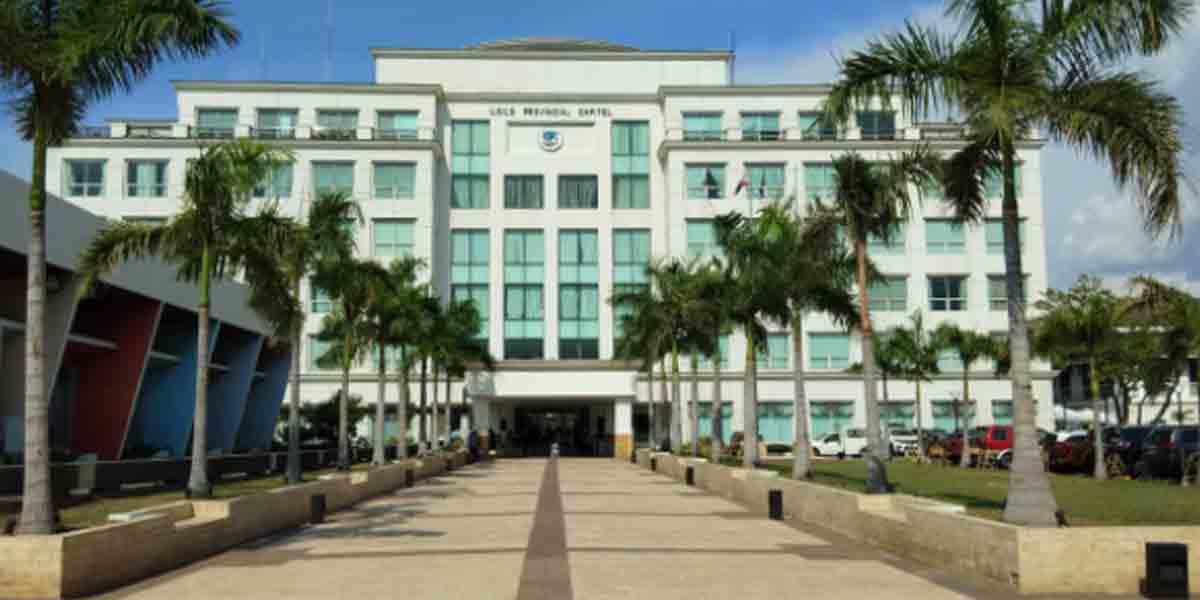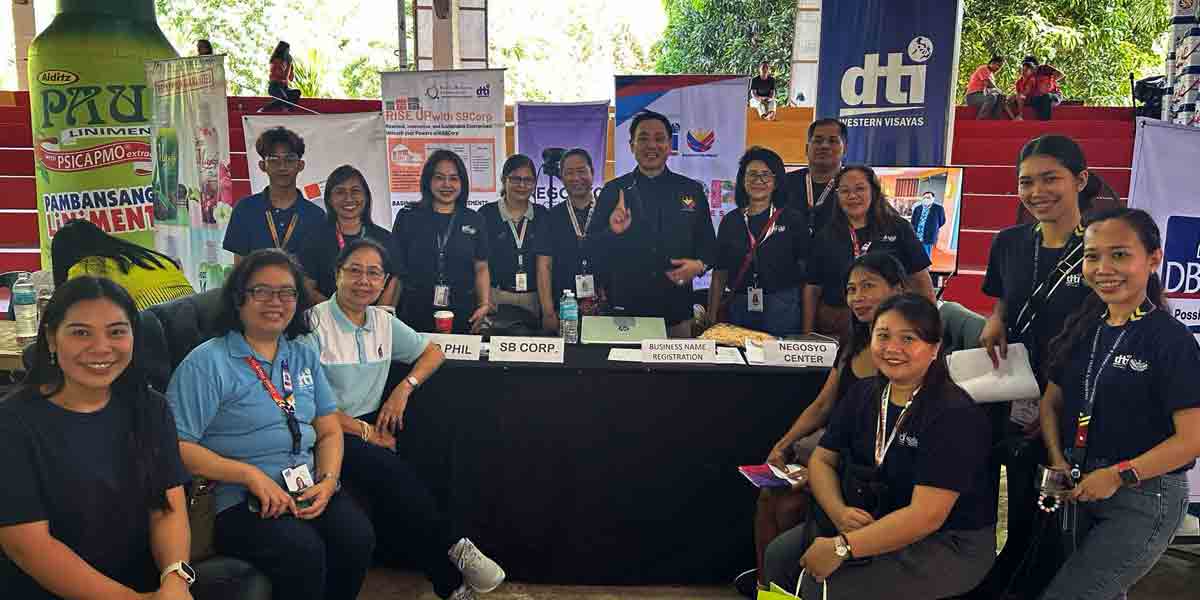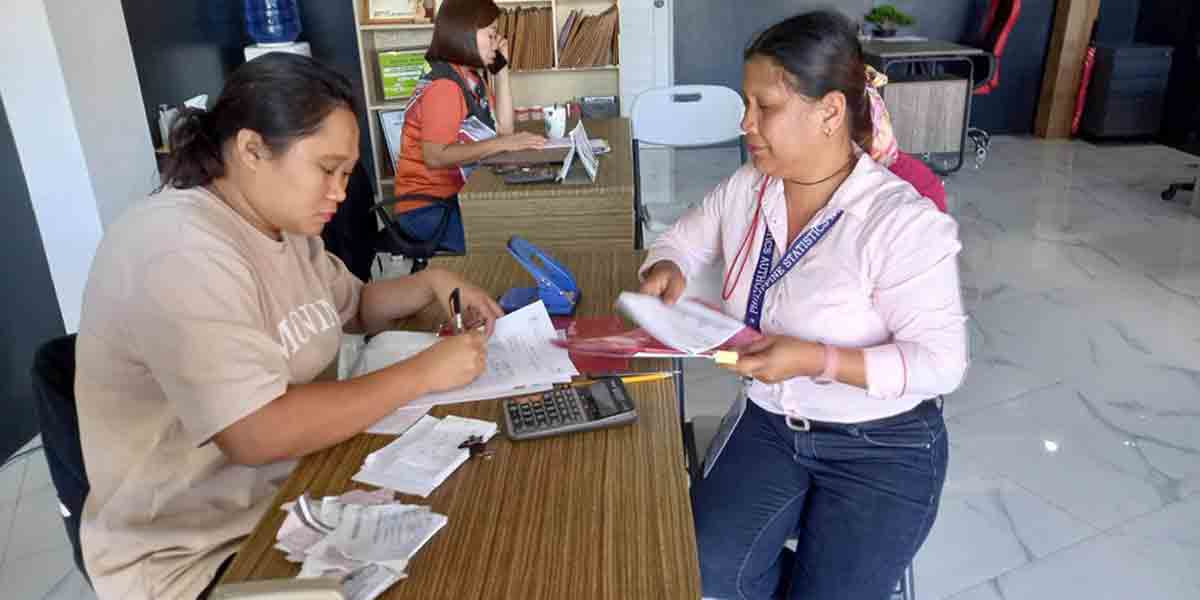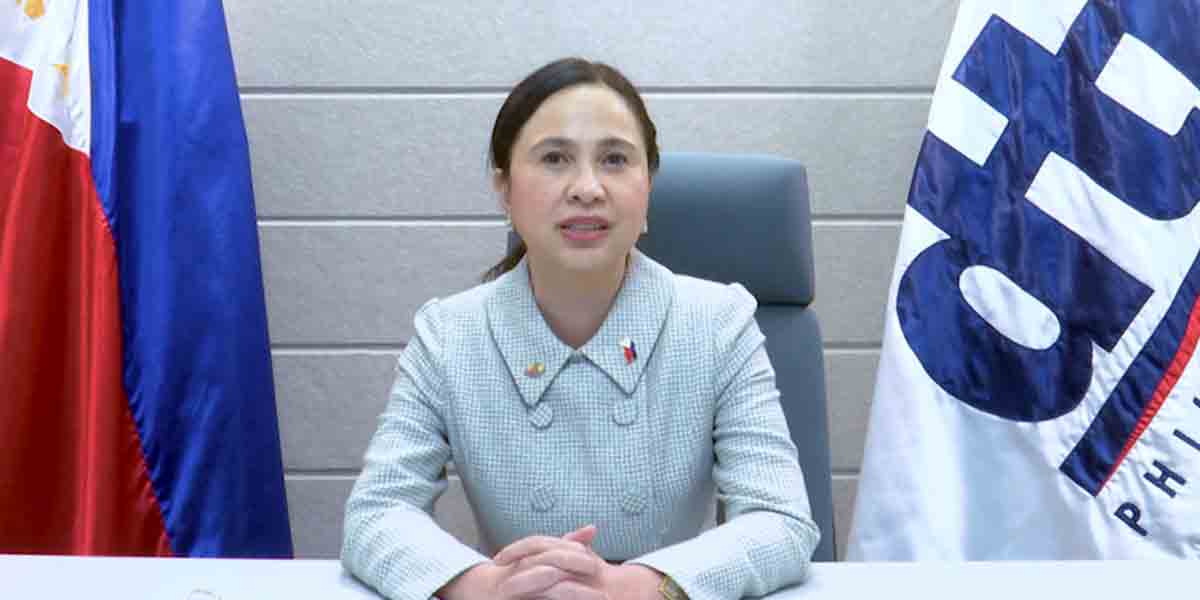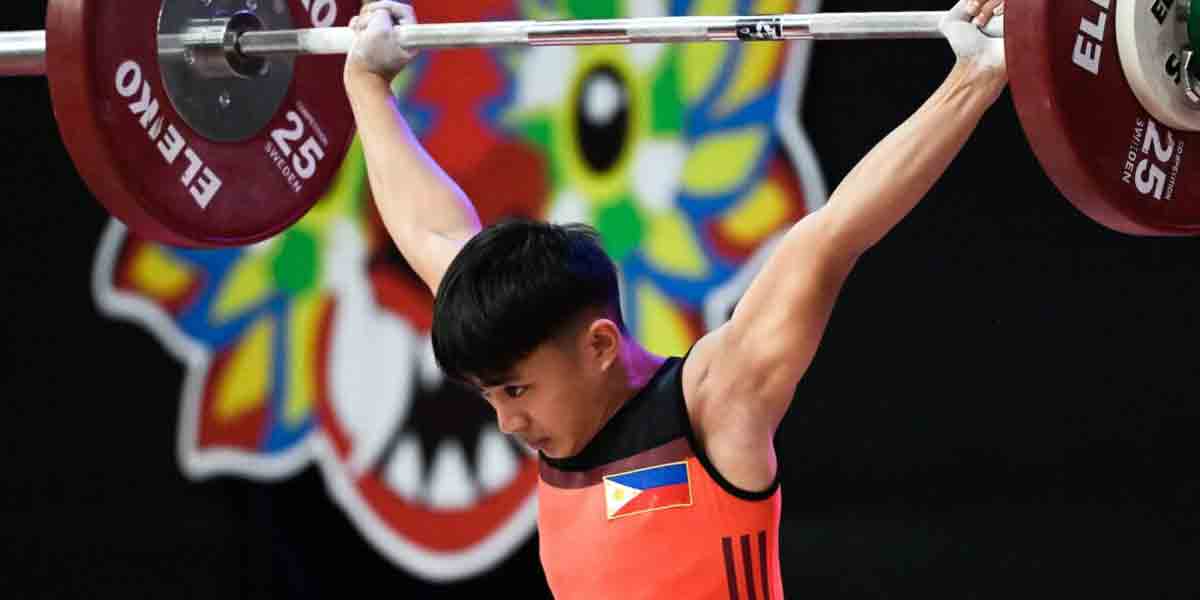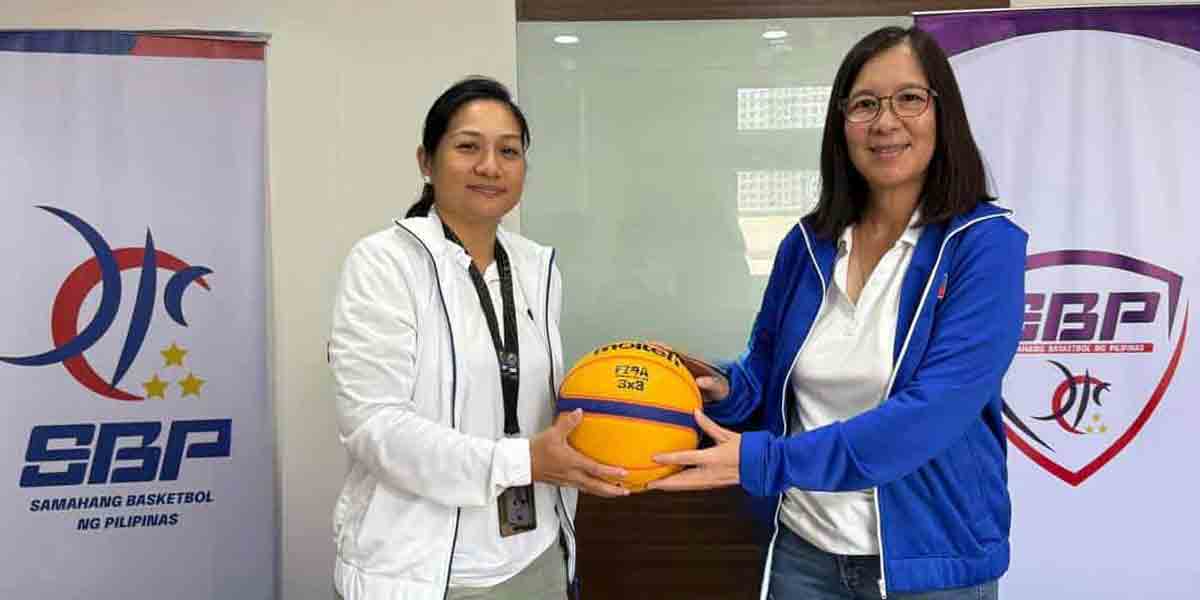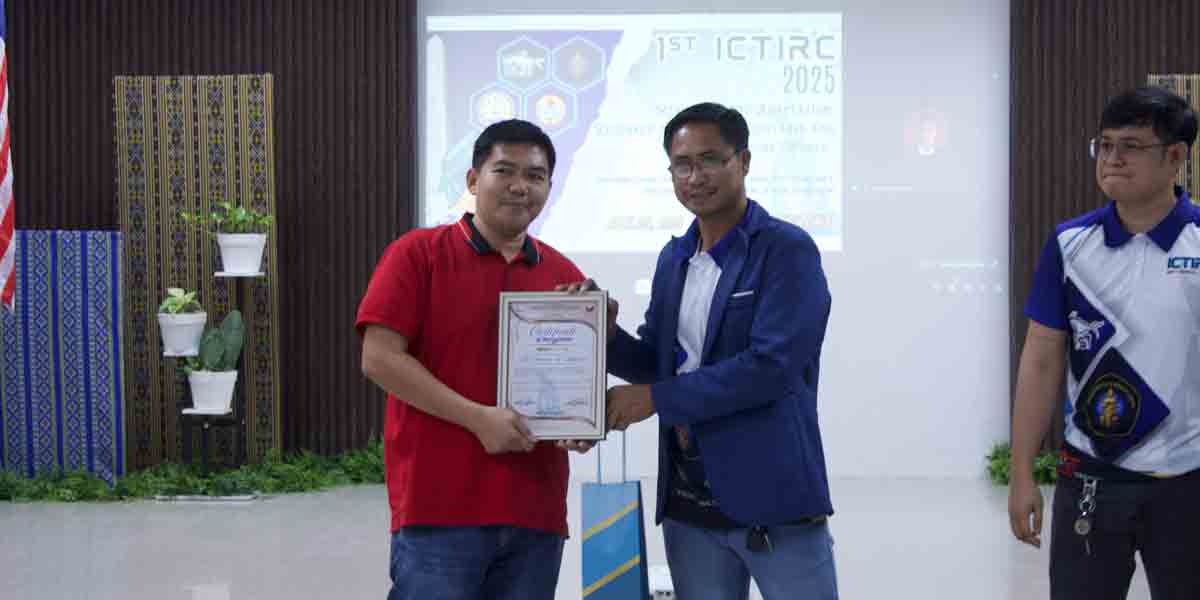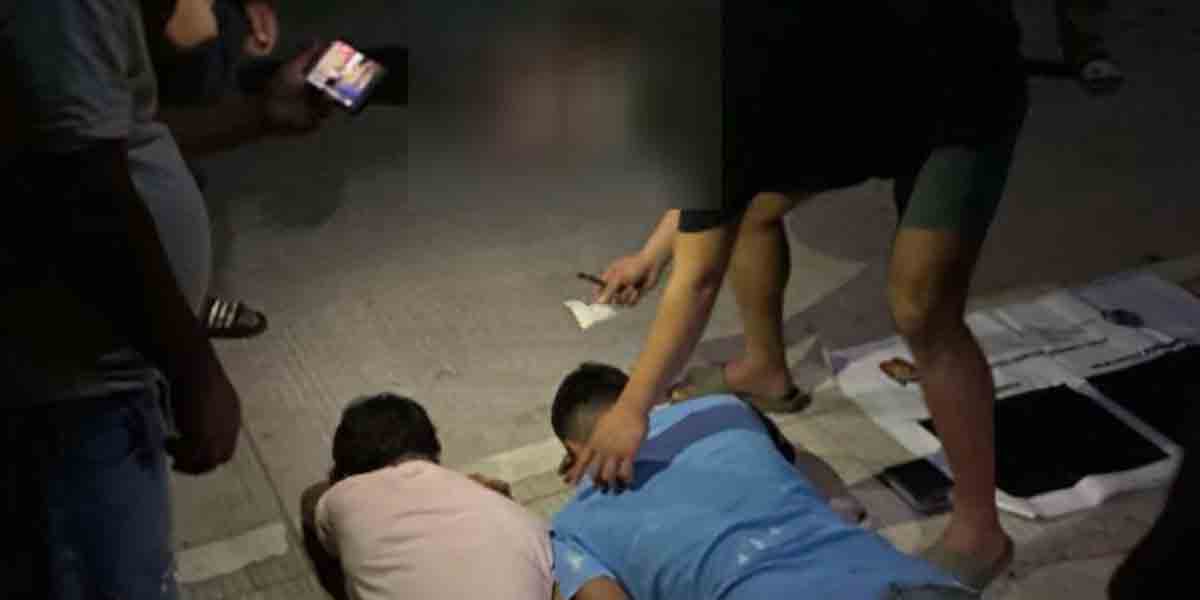By Noel Galon de Leon
I first encountered the name Bienvenido Lumbera in college, a time when my understanding of Philippine literature was still expanding. His name echoed often in our literature class, spoken with reverence by my professor, who frequently referenced his books and anthologies, collections that showcased some of the finest literary works from various regional languages in the country. Outside the classroom, I found myself drawn to the library, particularly the archiving section, where I could linger undisturbed among shelves filled with texts that piqued my curiosity. It was there that I discovered Lumbera’s works—not as required readings, but as books I gravitated toward out of genuine interest. Tagalog Poetry, 1570-1898: Tradition and Influences in Its Development, Filipinos Writing: Philippine Literature from the Regions, and Writing the Nation/Pag-akda ng Bansa were among those that deepened my appreciation for our literary heritage. Long before I fully grasped his impact, I was already immersed in his words, unknowingly tracing the footsteps of a scholar whose influence shaped generations of writers.
According to Celeste Ann Castillo Llaneta in her article “A Writer’s Truth: The Legacy of National Artist Bienvenido Lumbera” and Jove Moya in her article “Bienvenido Lumbera: Remembering the Filipino Poet, Playwright, and National Artist”, Bienvenido “Bien” Lumbera was a National Artist for Literature, a poet, playwright, and literary critic whose legacy continues to inspire generations of writers and artists. Born in Lipa, Batangas, Lumbera displayed a natural talent for storytelling from childhood, eventually pursuing his passion by studying at the University of Santo Tomas and earning his MA and PhD in Comparative Literature from Indiana University.
Lumbera was instrumental in founding and leading various cultural organizations, including the Pambansang Unyon ng mga Manunulat sa Pilipinas and the Concerned Artists of the Philippines. He was also a librettist, crafting the librettos for Tales of Manuvu, Rama, Hari, and Noli Me Tangere: The Musical, works that remain significant in Philippine theater. His literary contributions, particularly his critical works Abot Tanaw: Sulyap at Suri sa Nababagong Kultura at Lipunan and Writing the Nation/Pag-Akda ng Bansa, solidified his role as a key figure in Philippine literary and cultural discourse.
In recognition of his significant contributions, Lumbera was honored with the Ramon Magsaysay Award for Journalism, Literature, and Creative Communication Arts in 1993 and was named National Artist for Literature in 2006. His impact as a writer, educator, and cultural advocate continues to shape Philippine literature and the arts, ensuring that his legacy endures for future generations.
Last year, as an executive council member of the National Committee on Literary Arts (NCLA) of the National Commission for Culture and the Arts (NCCA), I had the privilege of serving as Project Director for the annual Gawad Bienvenido Lumbera National Literary Contest. In my view, this competition stands as one of the most inclusive literary contests in the country, celebrating the richness of Philippine literature by recognizing works written in various Philippine languages. This month, in time for the National Arts Month celebration, I was delighted to receive a copy of the book compiling the winning entries of the 2024 Gawad Bienvenido Lumbera, edited by my fellow NCLA members, Jhoanna Lynn B. Cruz and Antonio Salvador S. De Veyra.
I am truly delighted with this book, as I had the privilege of attending nearly all the deliberations leading up to the selection of the winning works featured in it. Listening to the judges’ insights and evaluations from various regions of the country gave me a deeper appreciation of the breadth of literary talent across Philippine languages. Among the judges were Neyo Valdez, Anna Liza Gaspar, Romel Pascua, and Juan Asuncion for Ilokano; Melchor Orpilla, Mark Angeles, Ma. Crisanta Nelmida Flores, and Mercedes Janier Dulawan for Pangasinan; Ana Marie Alfelor-de Jesus and Reggie O. Cruz for Kapampangan; Eulalio Guieb III, Mesandel Virtusio Arguelles, Maynard Manansala, and Ryan Machado for Filipino; Francis Besa Balingbing, Alexis Rey Follosco, Paz Verdades Santos, and Elsie Albis for Bicol; Bro. Karl Gaspar, Hannah Lecena, Rudy Aviles, and Emmanuel Jones Mante for Cebuano; Dulce Maria Deriada, Jonathan Davila, Tanya Lopez, and Jonathan Jurilla for Hiligaynon; John Barrios and Nynn Arwena Tamayo for Akeanon; Ian Harvey Claros, Harold Mercurio, Jerry Gracio, and Firie Jill Ramos for Waray; and Floraime Pantaleta and Layeta Bucoy for Chavacano. Witnessing their dedication and thoughtful assessments made me appreciate even more how this contest celebrates and uplifts Philippine literature in its many forms.
This experience was incredibly fulfilling, and I consider it a personal triumph as a writer to have played a role in this meaningful project that honors and pays tribute to National Artist Bienvenido Lumbera. Beyond the privilege of contributing to this literary endeavor, I deeply cherished the opportunity to engage with fellow writers from various regions, each bringing their unique voices and perspectives in different Philippine languages. The exchange of ideas and the shared passion for literature made this journey even more inspiring and enriching.
In my introduction to the book, I wrote: “Taglay ng antolohiyang ito ang mga pambihirang akdang personal na sanaysay at dulang may isang yugto na isinulat sa iba’t ibang wika ng Filipinas para sa 2024 Gawad Bienvenido Lumbera. Patunay ito ng patuloy na pag-usbong ng Pambansang Panitikan bilang daluyan ng husay at talino ng mga manunulat mula sa iba’t ibang rehiyon ng bansa. Higit pa sa isang simpleng koleksyon, ang antolohiyang ito ay isang mapanlikha at mapanghimok na salaysay ng ating pagkabansa. Sa kasalukuyan, kung kailan laganap ang pagsulat ng personal na sanaysay at bihira ang publikasyon ng mga dulang may isang yugto, maituturing na isang mahalagang ambag ang librong ito mula sa National Committee on Literary Arts ng NCCA. Hindi lamang nito tinipon sa isang antolohiya ang mga award-winning na akda mula sa iba’t ibang wika ng Filipinas, kundi itinakda rin nito ang pamantayan kung paano magiging higit na makabuluhan ang isang proyektong aklat na pinondohan ng gobyerno. Binibigyang-diin ng aklat ang monumental na kahalagahan ng panitikan bilang salamin ng ating identidad at kasaysayan, habang mariing tinutuligsa ang mga baluktot na tradisyon ng hegemonya sa wika at kultura. May lakas ng loob itong saliksikin ang lalim ng ating kolektibong kamalayan, lumilikha ng bagong paradigma para sa panitikang mapagpalaya, radikal, at makatao.
Hindi naging madali ang paghahanda ng antolohiyang ito, ngunit naging posible ito dahil sa ilang mahalagang dahilan. Una, natitiyak kong narito ang ilan sa pinakainteresanteng personal na sanaysay at dulang may isang yugto na maaaring mabasa sa kasalukuyan. Ikalawa, ang mga akdang ito ay dumaan sa masusing pagsusuri ng mga batikang manunulat at editor sa bansa, na nagbigay ng katiyakan na maihahatid sa mga mambabasang Filipino ang ilan sa pinakamahuhusay na akda ng ating panahon sa iba’t ibang wika. Kung buhay pa si National Artist Bienvenido Lumbera, tiyak na matutuwa siya sa librong ito. Maaaring sabihin na nalampasan nito ang kalidad ng anumang pambansang patimpalak pampanitikan sa bansa. Ang antolohiyang ito ay hindi lamang malawak sa usapin ng wika kundi pati na rin sa imahinasyon ng mga manunulat. Patuloy itong humuhubog sa tinatawag nating Panitikang Pambansa, na isinasaalang-alang ang sensibilidad at kamalayan ng mga manunulat mula sa rehiyon—mga manunulat na nagbubukas ng landas patungo sa isang makatarungang lipunan.
Simula nang itatag ang Gawad Bienvenido Lumbera noong 2022, taon-taon ay sinusubok ang iba’t ibang genre upang maipakita ang narating at direksyon ng panitikang Filipino. Sa taong ito, ang mga genre ng personal na sanaysay o creative nonfiction at dulang may isang yugto o one-act play ay hindi lamang naging anyo ng panitikan, kundi nagsilbing makapangyarihang behikulo upang maipahayag ang personal at panlipunang hinanaing ng bawat isa. Naging daluyan din ito ng mahahalagang aral—hindi upang tumakas mula sa realidad, kundi upang magbigay-lakas ng loob na harapin ito nang buong tapang, higit pa sa ating mga thought bubble. Ito ang aklat ng taon—isang obra na hindi lamang nagtuturo at naghahayag kundi pumupukaw din ng damdamin, nagpapalaya ng diwa, at naghuhubog ng panibagong pananaw para sa panitikang Filipino sa ika-21 siglo.”
I firmly believe that this competition, spearheaded by the NCLA and NCCA, must not only continue but also thrive, as it stands as one of the most powerful platforms for regional writers to showcase the richness of their languages and literary traditions. More than just a contest, it is a movement, one that amplifies voices from across the archipelago and shapes the evolving landscape of Philippine literature. For this reason, I urge the NCCA to significantly increase its budget for this initiative, particularly for book publication. Without ample funding, these literary treasures risk fading into obscurity, inaccessible to the very readers they aim to inspire. A book that remains unread is a story unheard, and a story unheard is a voice silenced. To ensure that the winning works reach libraries, classrooms, and homes across the country, we must invest in their continued publication. Only then can we uphold the legacy of this competition, not merely as a celebration of literary excellence but as a force that empowers generations of Filipino writers and readers alike.
Noel Galon de Leon is a writer and educator at University of the Philippines Visayas, where he teaches in both the Division of Professional Education and U.P. High School in Iloilo. He serves as an Executive Council Member of the National Commission for Culture and the Arts-National Committee on Literary Arts.


